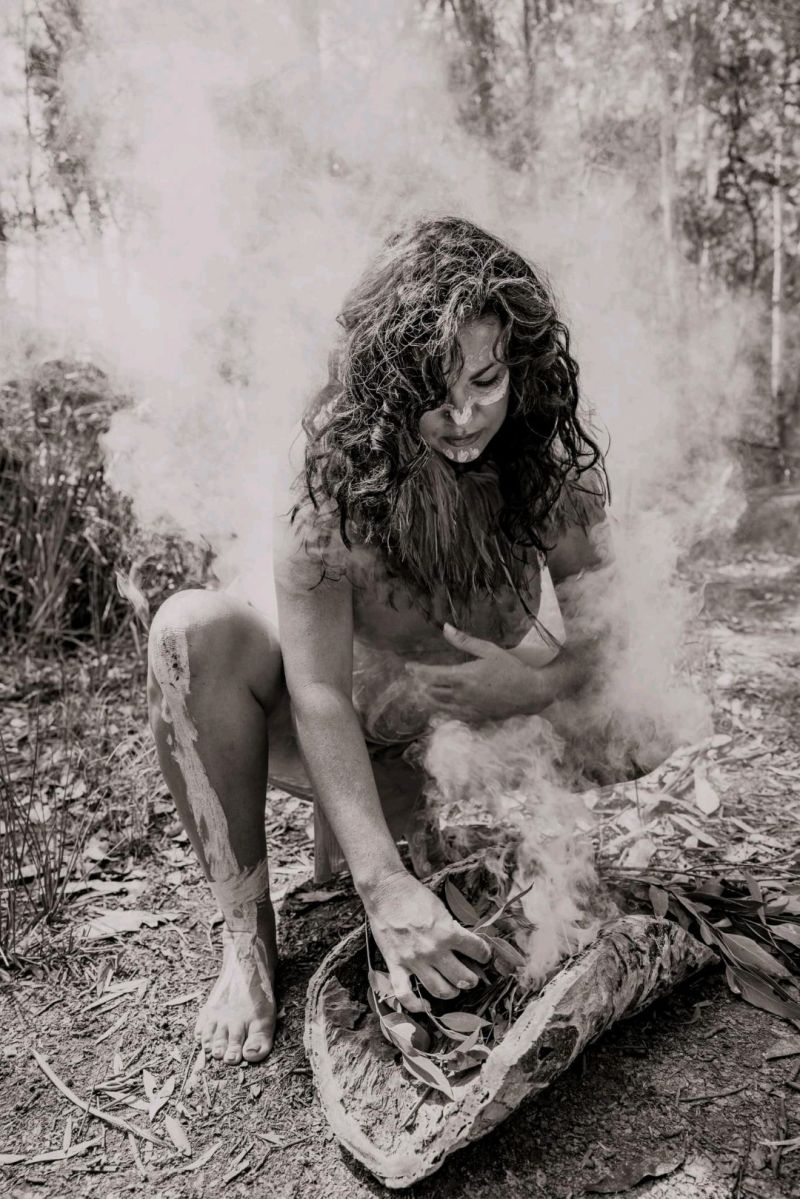Day of Mourning
January 26 has long been a day of debate and civic action. Those who celebrate may be surprised of the date’s significance in NSW as a protest to the celebrations of the anniversary of the arrival of the First Fleet on what was originally called ‘Anniversary Day’ in NSW.
Organised by Jack Patten, William Ferguson and William Cooper, founders of Aboriginal rights groups, the Day of Mourning protest was held on 26 January 1938 at the Australian Hall on Gadigal country (Sydney) to mourn the loss of country, freedom and the lives of Aboriginal peoples since British colonisation began in 1788. The Aboriginal Association they belonged to declared 26 January a Day of Mourning. The date continues to be an important platform for Aboriginal people to engage the broader public on the ongoing impacts of colonisation.
A stone’s throw from our MHNSW historical sites in Macquarie Street, Hyde Park Barracks and The Mint, the Australian Hall located on Elizabeth Street is the first non-Indigenous structure to be recognised in Australia as an Aboriginal heritage-listed site. It’s known as the site of the first national Aboriginal civil rights gathering and as a representation of an identifiable conception place of the Aboriginal political movement.
Interestingly featured within the NSW State Archives Collection are the original letters from William Ferguson to the premier in the lead up to 26 January 1938 inviting him to receive deputation from the Executive of the Aborigines Progressive Association.
This January 26th, whether you are protesting, celebrating or anything in between, why not consider connecting with the significant shared history of this time, place and space by engaging with our many sites across MHNSW and giving the Australian Hall in Elizabeth Street a visit. You could also view some of the incredible materials in the State Archives at our Western Sydney Records Centre on this very topic.
Published on
